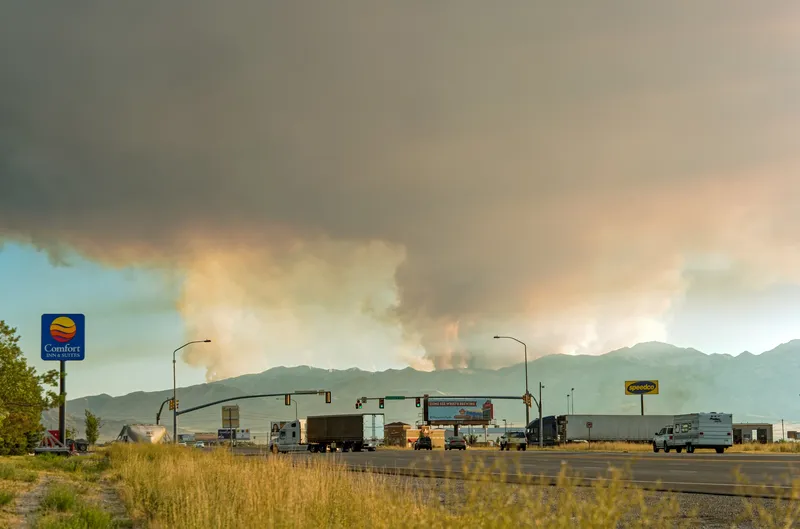
Road markings are among the most cost-effective solutions to make roads safer. A recent study carried out for the American Glass Bead Manufacturer’s Association quantifies by just how much
Despite only making up 23% of the US mileage, fatalities on America’s rural two-lane highways made up 57% of all traffic fatalities in 2009 — resulting in more than $77Bn in losses for that year alone. Moreover, a rural motorist is 2.7 times more likely to be involved in a fatal crash per mile travelled than their urban counterpart.
In its recommendations, the TTI study says, “Agencies can use the results herein to develop a policy for six inch edge lines on their rural, two lane highways. Wider edge lines have been shown to reduce total crashes 15-30%, and fatal plus injury crashes 15-38%.
Comparative Benefit-Cost Ratios by Policy
| Wider Edge Lines | $32.87-$55.20 | for every $1.00 invested |
|---|---|---|
| Rumble Strips | $37.00-$46.00 | for every $1.00 invested |
| Chevrons | $8.60-$45.90 | for every $1.00 invested |
| RRPMs | $13.16 | for every $1.00 invested |
In addition, the benefit-cost ratio for wide edge lines is $33 to $55 for each $1 spent, which is similar to rumble strips. If an agency is considering installing rumble strips as a safety countermeasure but concerned about the potential noise or pushback from the bicycle community, wider edge lines appear to offer similar results but without the concerns often associated with shoulder rumble strips.”
Many states have adopted wider edge lines on a variety of roads for a variety of reasons. The adoption has been slow and uncoordinated, without sound empirical findings to support their policy choice. The recent analysis of data from three states provides the necessary evidence to support the adoption of wider edge lines on rural two-lane highways. Based on the results of the cost benefit analysis above, state DOTs can now have further reassurance that their actions are in the best economic interest of society as well.
Since the safety benefits of wider edge lines are now better documented with rigorous statistical analyses, TTI says it would be beneficial if the MUTCD could be amended so that the minimum edge line width on rural two-lane highways was six inches. Agencies would then be able to implement the policy in a uniform and consistent manner.
Asked to comment on the TTI report, prepared on behalf of the
“While previous studies always found that edge markings have a positive impact on traffic safety, no reliable statistical data was available to support the hypothesis that wider edge lines further improve traffic safety. The TTI report is based on recent statistically sound data and several surveys conducted over the past decade. The findings confirm that an increase of merely two inches in the width of edge lines will provide better guidance and visibility and hence reduce the number of crashes on rural two-lane highways,” says Sproul and emphasises that road markings still remain among the most cost-effective and reliable solutions to make roads safer.









